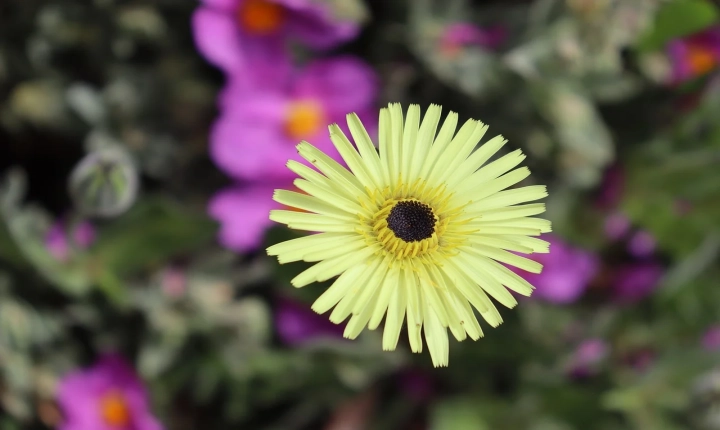Title: Training AI to Make Art: The Creative Potential of Artificial Intelligence
Artificial intelligence (AI) has made significant advancements in various fields, including art. With the help of machine learning algorithms, AI is now capable of creating stunning and thought-provoking artworks that challenge our perception of creativity and innovation. Training an AI to make art involves a combination of data, algorithms, and human guidance to push the boundaries of artistic expression. In this article, we will explore the process of training AI to make art and the potential impact it has on the art world.
Data Collection and Curation:
The first step in training an AI to make art involves collecting and curating a diverse dataset of artworks, images, and creative content. This dataset serves as the foundation for the AI to learn from, providing it with a vast array of visual information to analyze and interpret. The dataset may include paintings, photographs, sketches, sculptures, and other visual media from different artistic movements, styles, and periods. The diversity of the dataset is crucial in enabling the AI to learn from a wide range of artistic expressions and styles.
Algorithm Development and Training:
Once the dataset is curated, the next step is to develop and train machine learning algorithms that can analyze, interpret, and generate art. These algorithms are trained on the curated dataset to learn patterns, styles, and characteristics of different artistic works. For example, convolutional neural networks (CNNs) can be used to analyze visual information and extract features that characterize different artistic styles. Generative adversarial networks (GANs) can be used to generate new artworks that mimic the styles learned from the dataset. The training process involves iteratively adjusting the algorithms’ parameters and fine-tuning their performance to improve the quality and variety of the generated artworks.
Human Feedback and Iterative Improvement:
While AI algorithms can generate art on their own, human feedback and guidance are essential to refine and improve the quality of the generated artworks. Art experts, curators, and creators can provide feedback on the generated artworks, helping to guide the AI in creating more compelling and meaningful pieces. This iterative process of feedback and improvement allows the AI to continuously learn and evolve its artistic capabilities, pushing the boundaries of creativity and innovation.
Ethical and Creative Considerations:
As AI-generated art becomes more prevalent, it raises ethical and creative considerations within the art world. Questions about authorship, originality, and the role of technology in art creation are being discussed and debated. While AI can assist artists in generating new ideas and exploring unconventional techniques, it is important to acknowledge the collaborative nature of AI-generated art and the ethical implications of using machine-generated content in the art market.
Impact on the Art World:
The integration of AI in art creation has the potential to revolutionize the art world by challenging traditional notions of creativity and expression. AI-generated art can inspire new forms of visual storytelling, spark interdisciplinary collaborations between artists and technologists, and redefine the boundaries of what is considered art. It also creates opportunities for artists to explore new tools and techniques, pushing the boundaries of their own creativity.
In conclusion, training AI to make art represents a fascinating intersection of technology and creativity, one that has the potential to reshape the art world. By leveraging the power of machine learning algorithms, curated datasets, and human guidance, AI can generate compelling and thought-provoking artworks that expand our understanding of artistic expression. As AI continues to evolve and push the boundaries of what is possible, the future of AI-generated art holds promise for unlocking new forms of creative expression and redefining the role of technology in the art world.
